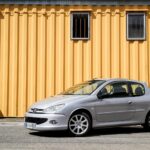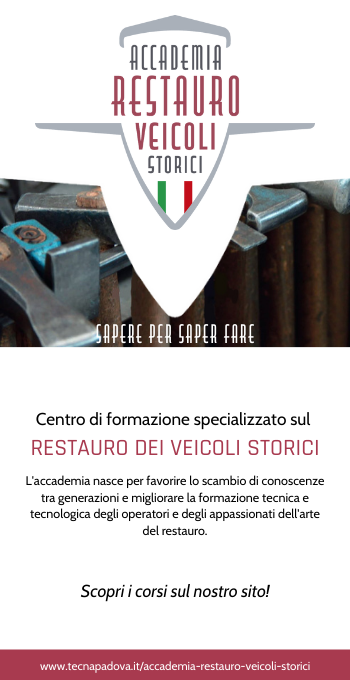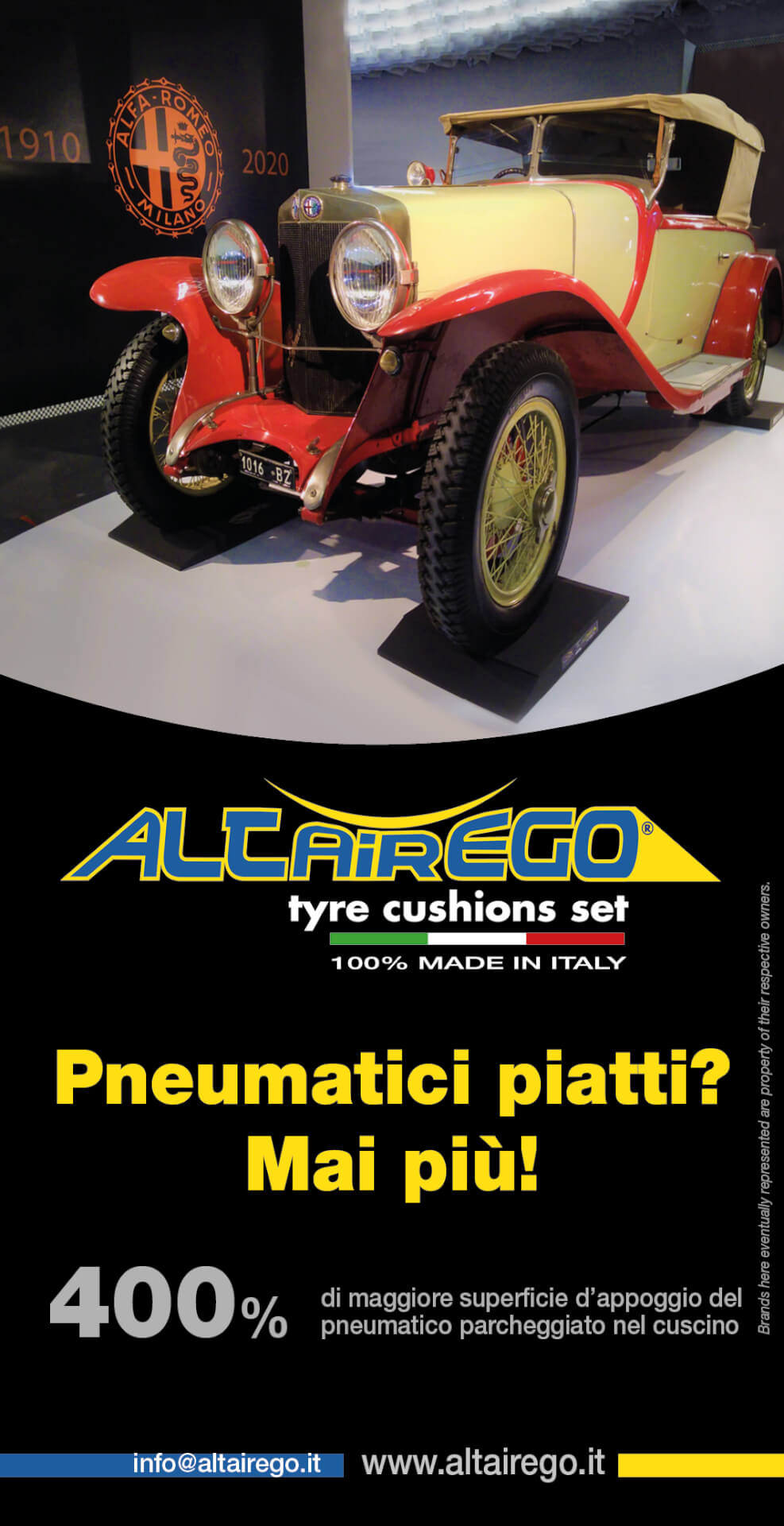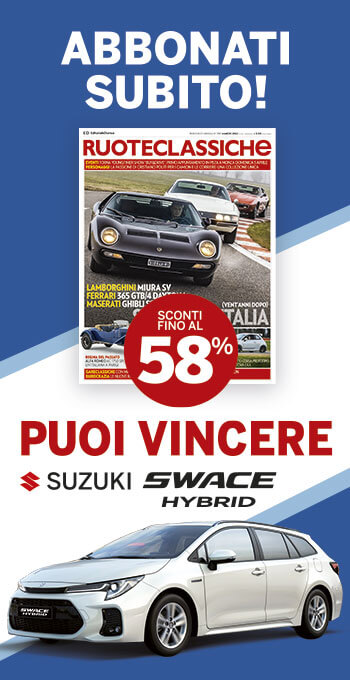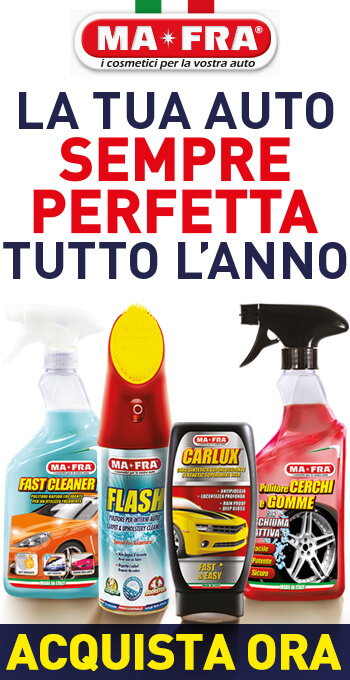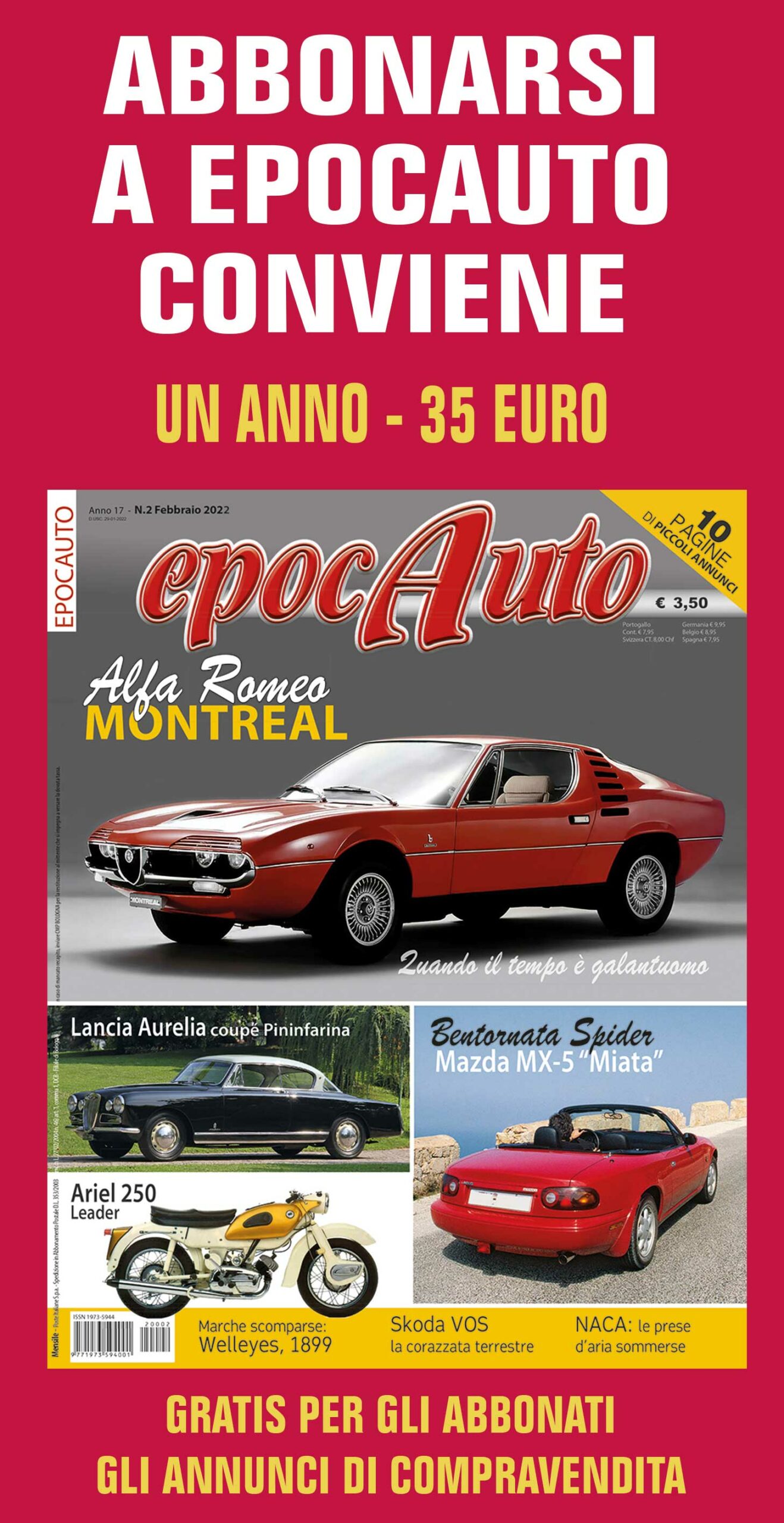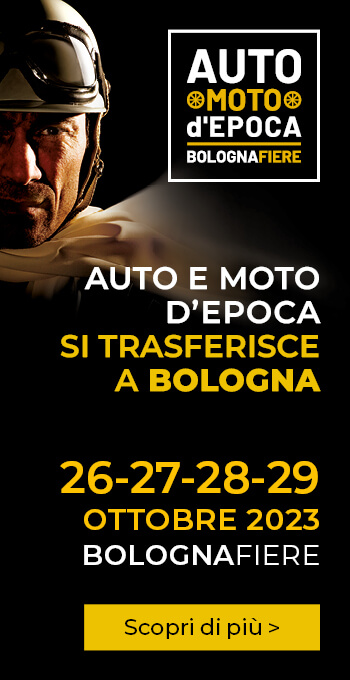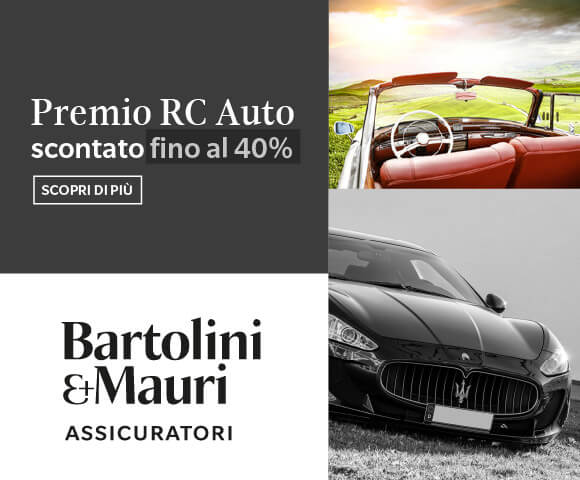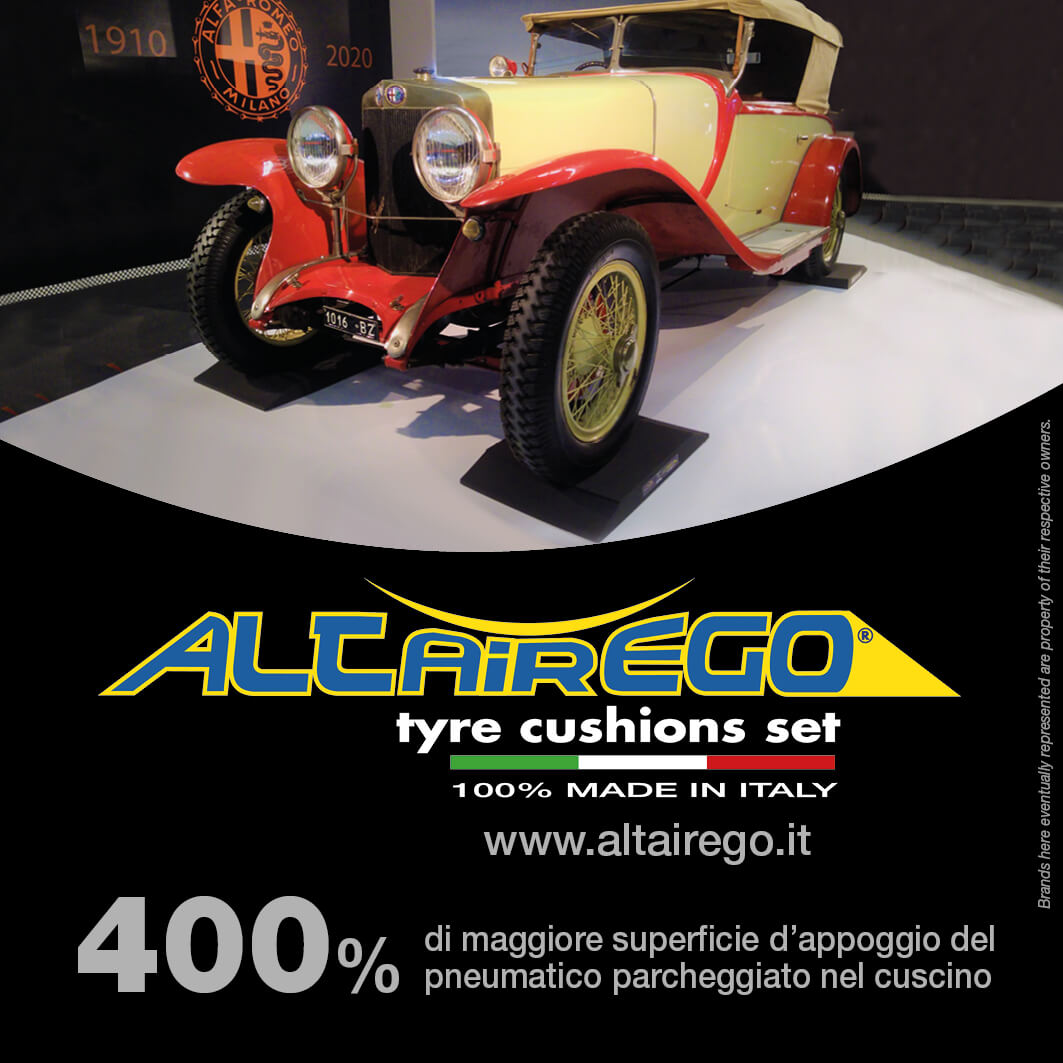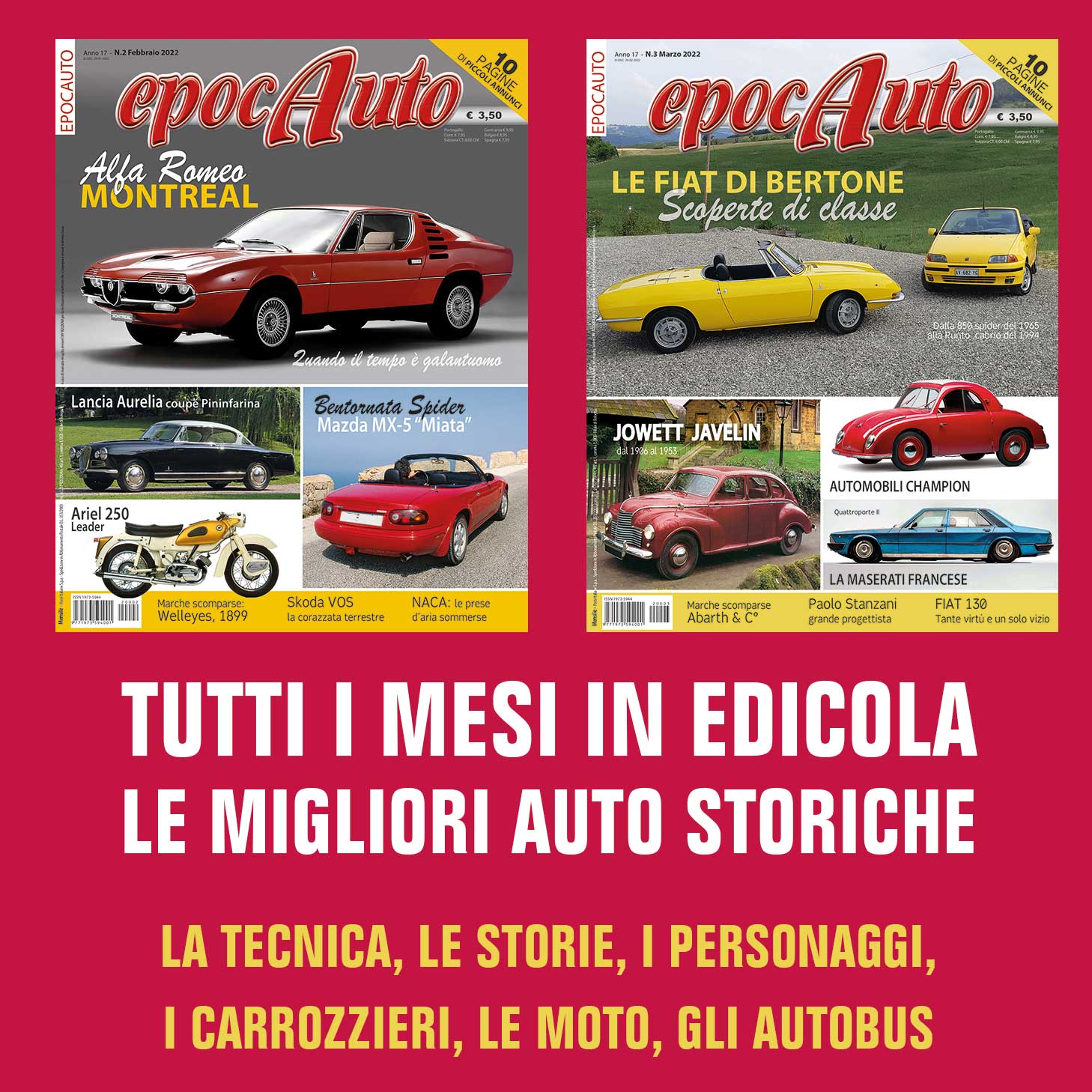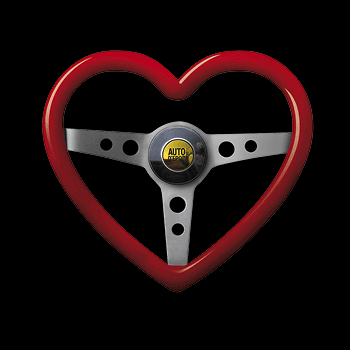Magazine Agorauto
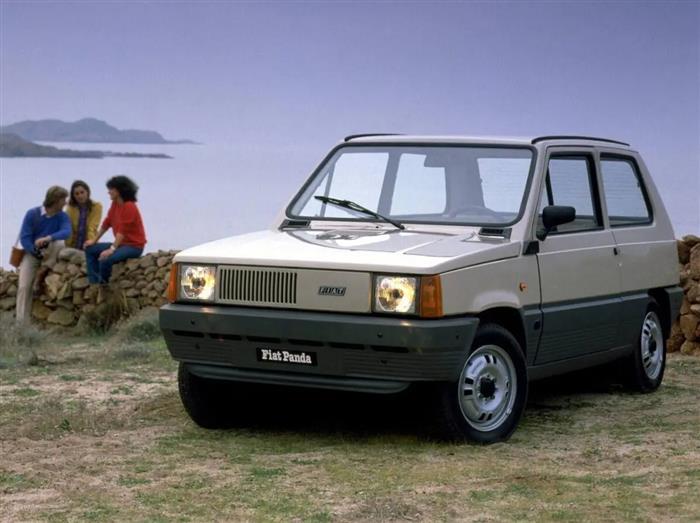
2022 opened with a real action with little Fiat which revolutionised the Italian concept of the small car. An unexpected, unplanned but disruptive phenomenon.
The Fiat Panda is suddenly back in fashion thanks to its age as a true classic (it is 42 years old), due to its recent desert adventures including the Panda Raid and the Dakar Classic, but also due to some ”VIP” attention from Chilean footballerArturo Vidal of Inter Milan, who is popular on social media together with his modest 750, and Lapo Elkann, who chose a 4×4 for one of his Garage Italia-branded restomods. Garage Italia.
But let’s retrace the story of this little Fiat and find out the reasons for its explosive return to popularity, which has led to the appearance of dozens and dozens of examples on specialist sites, ranging from “wrecks” through to competition-ready restorations, at prices ranging from a couple of hundred euro to more than ten thousand. And anyone who doesn’t have one to sell is probably looking for one. Let’s find out why.
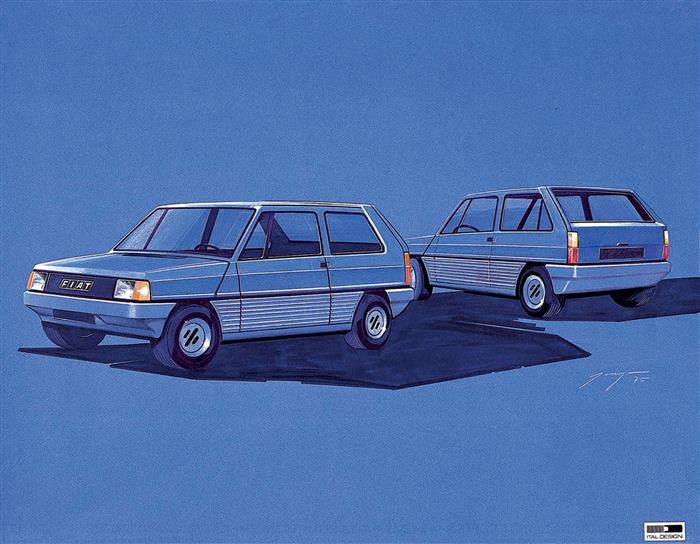
<strong>Frenchmen beware!</strong>
In the 1970s, the enemy to beat on the streets, in motoring terms, wore a French uniform. The Renault 4 and Citroën Dyane, a revised and fine tuned version of the historic 2 CV, were enjoying ever increasing success, despite the fact that they were no longer exactly modern cars, in fact, quite the contrary. Their strength lay in their essentiality: lots of space for very little money, because there was almost nothing in the car. And if it isn’t there, it won’t break, as Henry Ford would have said. But primarily, we might add, if it isn’t in there, it won’t cost you anything. So, at a price similar to that of our very own Fiat 126, admittedly a fresher design, the French offered models that were spacious enough to fit four people, with five doors and front-wheel drive.
In Turin, they were running for cover: something new, unprecedented and modern was needed in order to beat the offensive from across the Alps on their home ground. In the summer of 1976, this task was entrusted to Italdesign newly established by Giorgetto Giugiaro and Aldo Mantovani, well-known precisely for the powerful innovation embodied by their creations.
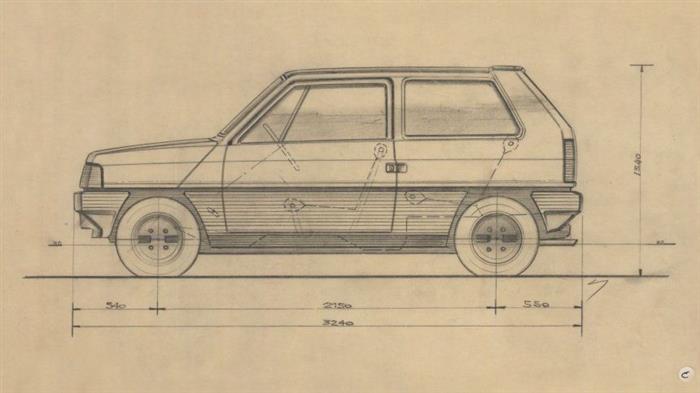
The aesthetic cornerstones of the project were defined in a few weeks, and, to the surprise of Giugiaro himself, they would remain surprisingly consistent right through till the end. The “Progetto 141“, s it came to be known internally, initially intended to accommodate the different “126” and “127” engines, combined with 3- and 5-door bodywork, a solution that was later abandoned.
Development proceeded quickly, and in February 1978, an initial presentation behind closed doors was organised. No press was yet invited, only a carefully selected audience of customers and dealers who were asked to evaluate, using a multiple-choice card, the interior and exterior appearance, spaciousness and finish of the passenger compartment, the layout of the controls, the mechanical features, the price (2.8 million lire) and other characteristics, such as it provisional name, the “Rustica”.
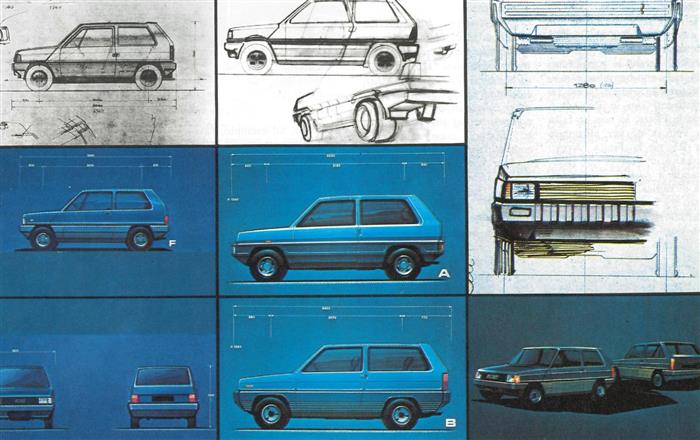
Spartan charm
This rapid and productive pace was however disrupted by several months of violent trade union clashes, which often resulted in riots which even lead to the destruction of twenty or so Pandas, set on fire at the former Autobianchi plant in Desio. The Panda was only finally listed on the catalogue on February 25, 1980, while prices had increased in the meantime due to the rampant inflation of the time. The more economical “30” sold at 3,970,000 lira, while the more colourful “45” sold for 4,702,000 lira. These price increases did not however prevent the little Fiat from receiving more than 70.000 advance orders in just a couple of months. The following year, the Panda came second in the Car of the Year ranking.
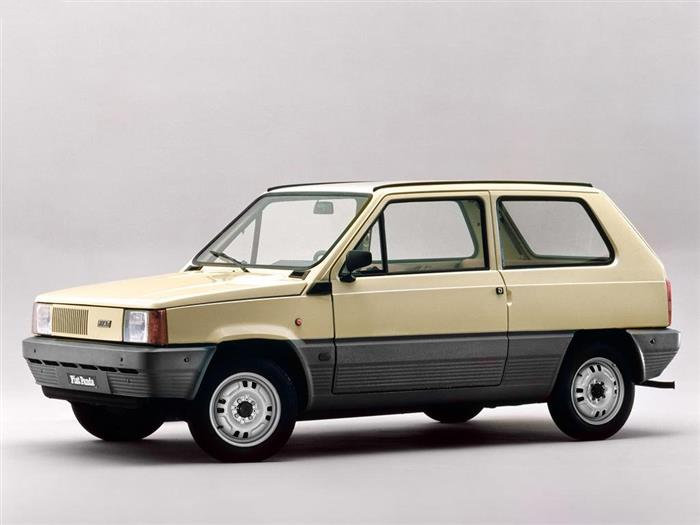
By recycling engines already in the catalogue (the 650cc from the 126 for the “30” and the 900cc from the 127 for the “45”), the Panda won over the younger public with its sturdiness, economy, versatility but above all, thanks to the powerfully innovative feel of its interior, where Giugiaro outdid himself: coverings were few but sturdy, with a lot of exposed sheet metal; there were plenty of storage compartments and unprecedented front “deckchairs” combined with a rear sofa which was in practice a little more than a hammock, so that it could be used as a sleeping compartment for improvised camping. Spacious and tough, the Panda won over the “rural” public with its practicality, as well as women drivers, suddenly once it was fitted with a charming canvas double sunroof, introduced in 1981. It was an immediate success, causing crises on production lines and lengthening delivery times to close to 12 months.
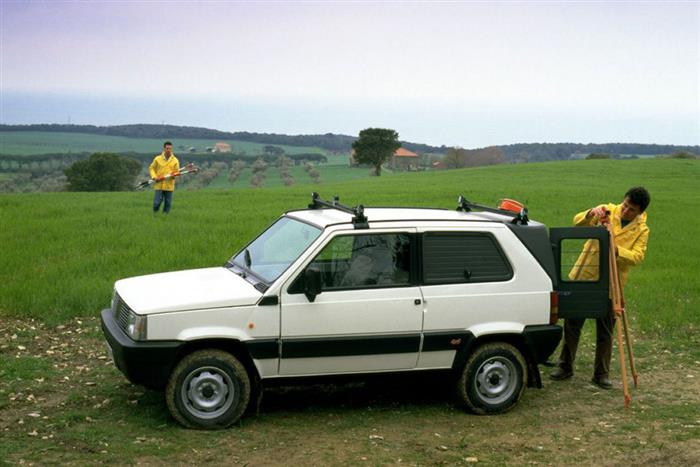
Super from 1982 onward!
1982 saw the arrival of the Panda 45 Super, which was slightly restyled, and which now offered an optional five-speed gearbox. This was followed a few months later by the 30 Super and a pickup version, mainly intended for SIP and ENEL utilities services, with a two-seat driver’s cab and partition, as well as a grey, plastic appendage which extended the bodywork and load volume, which could be opened up with a small shutter: an accessory which is now highly sought-after by anyone preparing their Panda for a Raid or longer journeys. On the pickup version, the rear side windows were all so replaced with two lockable rigid plastic flaps, which could be opened from the outside.
In June of the same year, the top-of-the-range model arrived: the unstoppable 4×4, equipped with four-wheel-drive developed by Steyr-Puch in Austria, the first transverse-engined, four-wheel drive compact car.
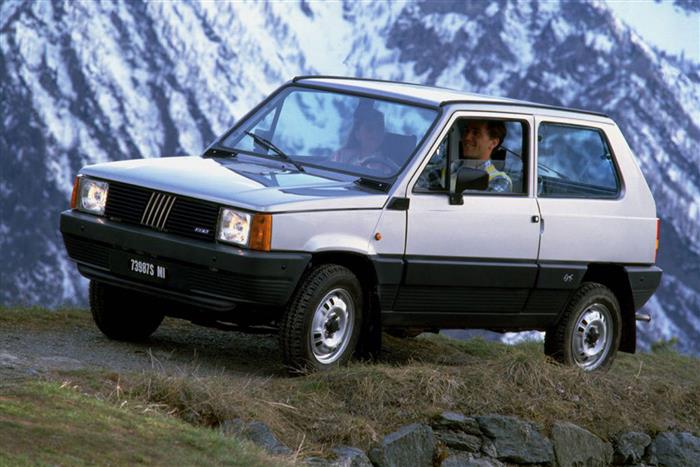
Powered by the 965cc, 48 hp engine from the Autobianchi A112, the Panda 4×4 came with selectable full-wheel drive and a five-speed gearbox with a lower first gear, while the other four gears were equivalent to those of the four speed gearbox in the front-wheel drive Panda. The following year, the Panda passed the milestone of one million production vehicles, which was celebrated by reorganising the fittings, and renaming the models “L”, “CL” and “S”.
In January of 1986 the Panda Supernova, made its appearance, modernised both inside and out and powered by new 750 and 1000cc motori Fire. Externally, there were changes to the lights, grille and bumpers; the rear number plate was moved downwards from the rear door to the bumper, and the new rear suspension with interconnected wheels gave the new model and unmistakable forward-tilted “targeted” look.
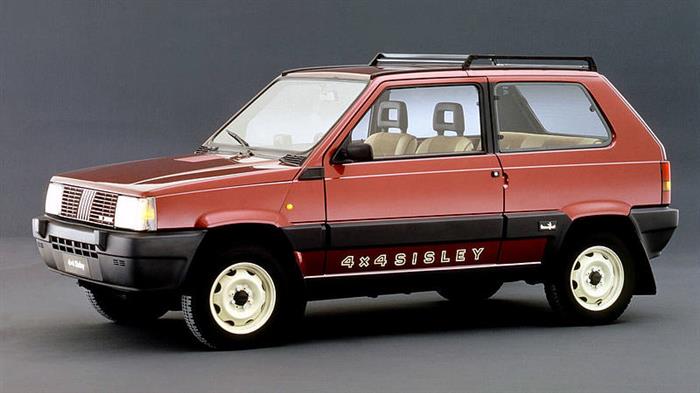
Sisley branding
1987 saw the debut of one of the best finished Pandas ever, and one of the most sought-after today from a collector’s point of view: the 4×4 Sisley, equipped with luxurious seats in faux leather and alcantara, with coordinated carpets and panels, special instrument panel and particularly comprehensive fittings including an inclinometer, headlight washers, air intake on the bonnet, dedicated luggage rack, special metallic colours and a variety of internal and external details customise with the logo of the fashion brand. Other special versions would follow, which are now quite rare, including the Panda “Italia ’90“, to celebrate the World Cup, with entirely white bodywork, special graphics and unlikely football-shaped hubcaps and, the same year, the futuristic Panda Elettra with electric drive, and the Panda Selecta with continuously variable automatic transmission.
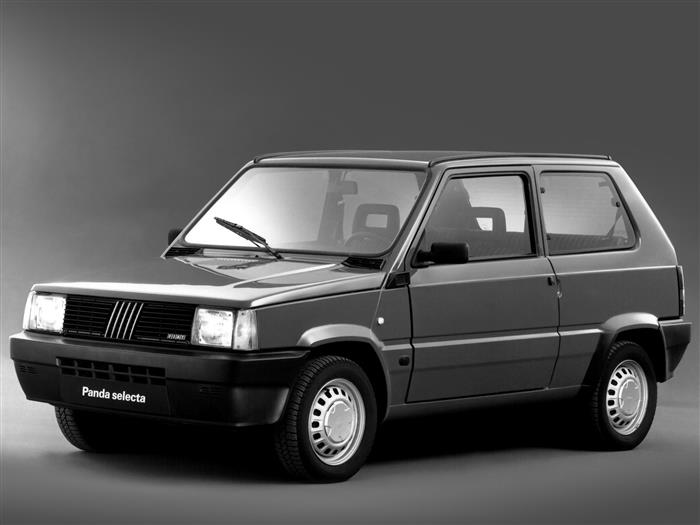
In 1991, by which time we are now deep into youngtimer territory, the little Fiat underwent further restyling. The model was by now beginning to show its age, but its almost retrocharm and iconic shape allowed it to hold its own. Its final few years saw a gradual reduction in engine sizes, as these were often not adaptable to ever more stringent emissions rules, although this was offset by a healthy series of new special versions, including the Jolly, la Hobby, la College, le 4×4 Country Club, Trekking and Climbing, thanks to which this popular small car kept going until 2003 when, after almost 4,5 milioni di esemplari, it handed the baton over to the new Panda, Progetto 169, with which it pretty much only shared the name.
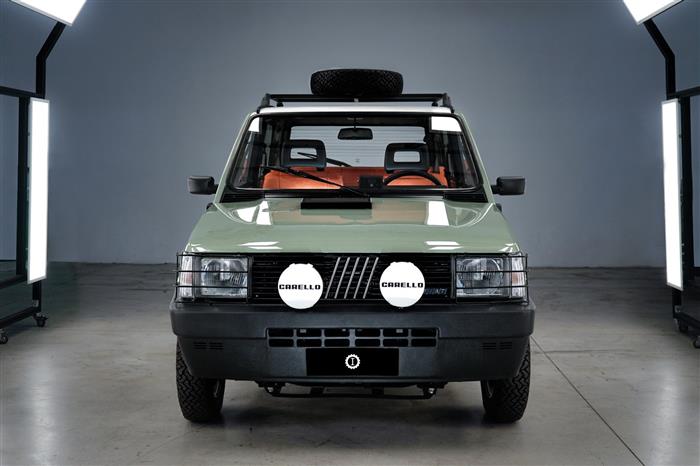
Tags: FIAT, giugiaro, Panda, youngtimer

